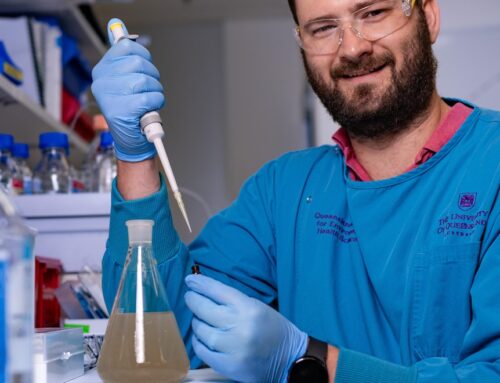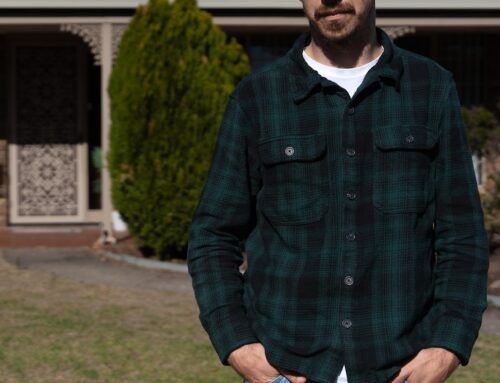Three leaders in South Australia’s space industry have teamed up to design and build the state’s first ever satellite, which aims to help with bushfire preparedness.
Key points:
- The satellite will orbit Earth at 25,000 kilometres per hour
- It has now secured a launch date, courtesy of Elon Musk’s SpaceX mission in October 2023
- It is tipped to benefit the agricultural and emergency sectors
The Kanyini satellite was a cooperative design built by SmartSat, Myriota and Inovor Technologies, who have been able to secure a launch date with Elon Musk’s SpaceX transporter mission in October 2023.
Kanyini, a name picked by Findon High School students in Adelaide’s west, is a Pitjantjatjara word that expresses the principle of responsibility and unconditional love for all creation.
The SA government has invested $6.5 million to deliver the mission, which was announced in 2021.
The low-orbit satellite will reach an altitude of 550 kilometres and will complete a lap around the Earth every 90 minutes, at 25,000 kilometres an hour.
“Once launched, the planned three-year mission … provides opportunities to test and develop the capability and inform future missions,” SmartSat said.
Farmers look to space for assistance
Kanyini will help look at crop health and land to prepare for bushfires risks.
“It’ll have a hyperspectral sensor — so that’s a sensor that can look at 50 different wavelengths of light, and use that to help understand crops, bushfire management and all sorts of other areas like that,” SmartSat mission director Peter Nikoloff said.
Mr Nikoloff is an aeronautical engineer and has over 30 years of experience supporting defence and space projects.
Though the satellite is quite small, he said it would punch above its weight when it came to assisting emergency services.
“This satellite can actually look at forests and bush areas, and the sort of things we’re looking at is how dry the area may be and how much fuel may be there, the density of the bush,” he said.
“Those sorts of things help the emergency services, plan for next season.
“It’s really only the last decade or two where the electronics and other technologies has allowed us to compress the sizes of these satellites from the size of buses to a lot smaller.”
Collaboration for public safety
Climate change is likely to mean more frequent and severe natural disasters, including bushfires, and Emergency Services Minister Joe Szakacs said space research would provide an increasing role in mitigation.
“With the imminent launch of Kanyini in 2023, the possibilities of space and of technology when it comes to addressing some of the very real issues we’ve got as a community, is very exciting,” Mr Szakacs said.
Kanyini can also help farmers monitoring their water tank levels from their phones, so they won’t have to drive thousands of kilometres out to check themselves.
Mr Nikoloff said the pay-off would not just be in the form of new knowledge, and that the project had also enhanced collaboration between universities.
“It’s actually developing a big core of next generation workforce,” he said.
But with the countdown now underway, the pressures of the task ahead are beginning to be felt.
“It is very nerve-wracking to have one of your first satellites being sent into orbit,” Mr Nikoloff said.
“We’re all working really really hard to make sure this thing is going to be perfect for the launch.”





